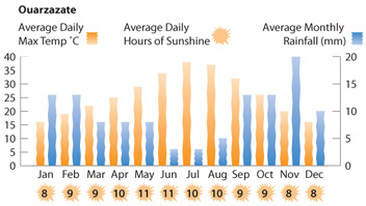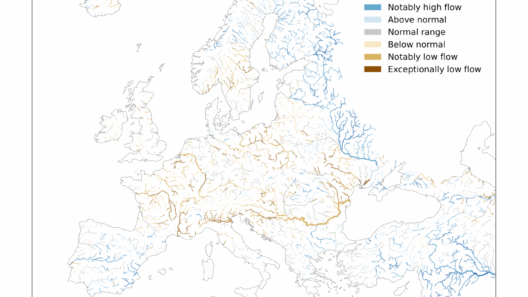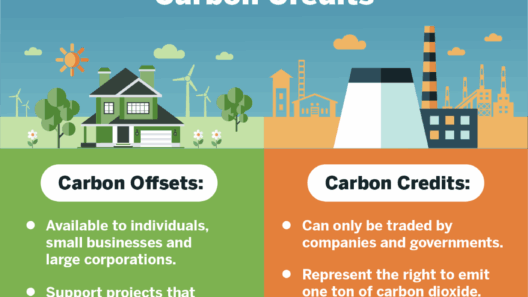In the realm of climate action, President Joe Biden’s tenure has sparked significant discourse regarding environmental policy. With the looming specter of climate change necessitating urgent and comprehensive responses, understanding Biden’s actions reveals both his commitment and the systemic challenges he faces. This overview will elucidate the multifaceted strategies undertaken by the Biden administration, their implications, and the broader context surrounding these policies.
Upon assuming office in January 2021, President Biden swiftly reinstated the United States’ commitment to international environmental agreements. One of his administration’s earliest significant actions was rejoining the Paris Agreement, which aims to limit global warming to well below 2 degrees Celsius compared to pre-industrial levels. This decision not only restored U.S. credibility on the international stage but also signaled a renewed dedication to multilateral cooperation in combating climate change.
Arguably, the centerpiece of Biden’s climate policy is the Build Back Better agenda. This expansive legislative program sought to incorporate substantial investments in clean energy, infrastructure, and sustainable practices. Central to this plan was the proposed allocation of $550 billion towards climate-related initiatives, including tax incentives for renewable energy production, commercialization of electric vehicles (EVs), and modernization of the power grid. Although the legislation faced hurdles in Congress, the ambition it represented marked a significant departure from previous administrations’ approaches.
Biden’s administration has also pursued executive actions to catalyze immediate environmental improvements. The presidential Climate Executive Order signed in January 2021 laid out a roadmap for addressing climate change across various sectors. This order sought to eliminate fossil fuel subsidies, promote conservation, and advance the federal government’s procurement of clean energy—a holistic approach aimed at reinforcing the United States as a leader in the green economy. By shifting federal purchasing power towards sustainable resources, this policy incentivizes innovation in technology and industry.
In tandem with direct investments, the Biden administration recognized the necessity of regulatory measures to mitigate greenhouse gas emissions. The Environmental Protection Agency (EPA) re-established critical regulations, such as reinstating and strengthening fuel economy standards for automobiles, which were previously rolled back under the prior administration. This regulatory shift extends beyond passenger vehicles and includes stringent emissions standards for power plants, designed to accelerate the transition from coal-based energy to renewable sources. Such regulatory frameworks underscore the administration’s strategy to create a comprehensive environmental policy that intertwines regulation with investment.
Moreover, Biden’s administration has acknowledged the significance of environmental justice. Historically marginalized communities disproportionately bear the brunt of climate impacts, and it was essential for the administration to address these inequities. The Justice40 Initiative, a policy aimed at directing 40% of federal investment in climate initiatives towards disadvantaged communities, exemplifies this commitment. By prioritizing environmental equity, the Biden administration seeks to ensure that all Americans benefit from the transition to a sustainable economy, emphasizing that climate action is fundamentally a social justice issue.
The administration’s policies also extend to revitalizing the nation’s energy infrastructure. By promoting offshore wind farms and solar energy projects, the Biden administration aims to generate millions of jobs while simultaneously reducing dependency on fossil fuels. This focus on renewable energy infrastructure is pivotal, not merely from an environmental standpoint but also as a strategic economic initiative designed to position the United States competitively in the global green technology market.
Despite these ambitious undertakings, Biden’s climate strategy has encountered significant obstacles. The polarization of political discourse surrounding climate change remains a formidable challenge. Although there exists a bipartisan acknowledgement of the necessity for action, deeply entrenched ideologies often impede cohesive action. The lingering influence of fossil fuel lobbying further complicates the trajectory of aspiring climate policies, demonstrating the intricate balance between economic interests and environmental responsibilities.
Additionally, the ramifications of the COVID-19 pandemic have produced both challenges and opportunities for climate action. As governments grappled with immediate public health crises, there were fears that climate priorities would be relegated to the background. Conversely, the potential for a green recovery emerged as an indication that economic stimulus could be aligned with ecological advancement, emphasizing the interconnectedness of health, climate, and economic stability.
Furthermore, the complexities of international diplomacy present an additional layer of difficulty for meaningful climate legislation. The legitimacy and effectiveness of U.S. engagement in international climate commitments depend on the extent to which domestic policy aligns with global rhetoric. As other nations push for ambitious targets, the U.S. must demonstrate substantive action rather than mere proclamations if it wishes to re-establish itself as a global leader in climate advocacy.
Reflecting on Biden’s actions thus far, it is evident that his climate strategy is marked by ambitious goals intertwined with the realities of political and social dynamics. The executed policies represent an earnest attempt to pivot toward a sustainable future, albeit not without challenges. The intersection of economic viability, environmental integrity, and social equity underscores the complexity of effectuating change in climate policy.
As advocacy for climate action continues to unfold, it is imperative to maintain an overarching narrative that engages a broader audience. The quest for a sustainable future transcends partisan lines and requires collective action. To significantly impact climate change, collaboration and continued commitment at all levels—federal, state, and local—will be indispensable. Thus, the possibility of meaningful progress hinges upon the resolve to elevate the urgency of climate dialogue and enact enduring solutions.






